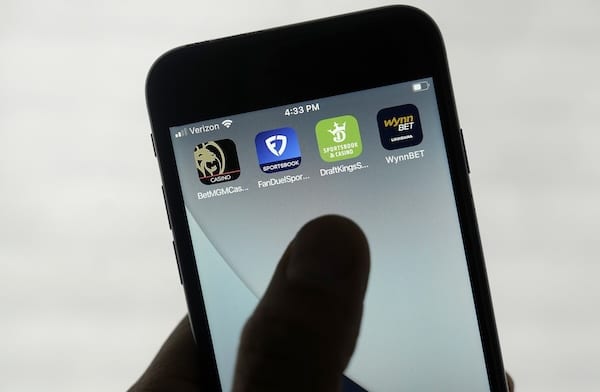How the Trades Lost the Marketing Battle to Traditional Colleges

Think back to your high school experience. Odds are, the loudest voices—teachers, counselors, media, even family—urged one path above all others: college.
Meanwhile, the trades sat quietly in the background, often framed as a “Plan B” for students who didn’t “fit” the academic mold.
This didn’t happen by accident.
Over the past several decades, traditional four-year colleges won the marketing war. They captured the narrative, redefined what success looks like, and in the process, pushed skilled trades education into the margins.
It’s time to unpack how that happened—and what it cost us.
A Shift in the American Story
Starting in the late 20th century, higher education became synonymous with the American Dream. Politicians promised opportunity through college. Corporations demanded degrees. Hollywood celebrated campuses as the ultimate backdrop for coming-of-age stories.
Meanwhile, vocational training was:
- Underfunded
- Segregated from college-bound peers
- Often associated with low-income or “less capable” students
Instead of being seen as essential, hands-on professions were cast as second-tier—despite their critical role in the economy.
Follow the Money
Part of the reason colleges won the narrative? They had a massive financial and institutional engine behind them.
- Billions in federal student aid flowed to traditional universities
- Entire industries—from test prep to dorm construction—developed around the college pipeline
- High school performance metrics began tying student success to college admission rates
In contrast, trade schools often operated on tighter budgets with fewer marketing resources. The result: a perception imbalance rooted in exposure, not reality.
The Emotional Equation
College became more than a credential—it became a cultural rite of passage. A place to:
- “Find yourself”
- Make lifelong friends
- Join a network of future professionals
Trades programs, while career-focused and cost-effective, often didn’t offer the same emotional appeal—or were never given the chance.
For many students, the idea of going to trade school wasn’t just missing—it was invisible.
The Fallout of a One-Path Culture
This decades-long messaging imbalance has real consequences:
- Skilled trades are now facing massive labor shortages
- Millions of people carry student debt for degrees that didn’t lead to stable jobs
- Many students feel they “failed” if they didn’t thrive in the college environment
And perhaps most damaging: we’ve created a system where working with your hands is somehow considered less valuable than sitting behind a screen.
Final Thought
The trades didn’t lose their value—they just lost the spotlight. And it’s time we shine it back where it belongs.
At Dealing With Debt, we believe that dignity comes in many forms—and that every path to stability should be visible, respected, and supported. Whether you’re swinging a hammer or holding a stethoscope, we’re here to help you build a future that works—one skill, one choice, and one paycheck at a time.
Next Up: “The Fallout of Losing the Narrative: ‘Some College, No Credential’”






Responses